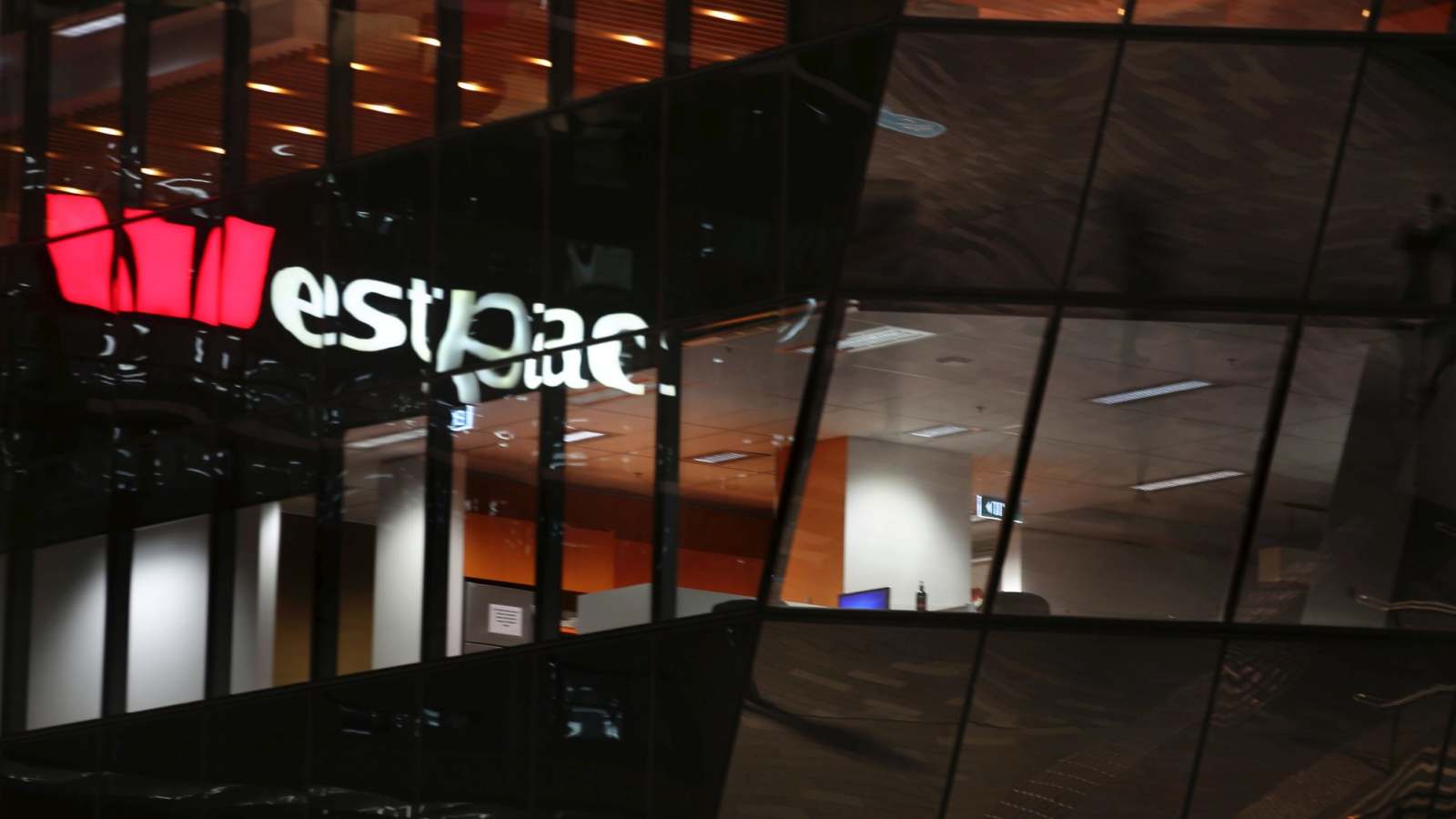Westpac’s anti-money laundering issues widen with more reporting failures (The Sydney Morning Herald)

Westpac is bracing for a potential widening of a blockbuster anti-money laundering lawsuit against it, after it failed to report tens of thousands of large cash transactions to the financial crimes watchdog.
In response to an AUSTRAC request, the bank on Tuesday revealed 175,000 transactions that it failed to report to the regulator and a further 365,000 reports that may have included incomplete or inaccurate information.

Westpac was thrown into crisis last year, after AUSTRAC accused it of breaching anti-money laundering laws 23 million times, including failures to properly vet payments potentially linked to paedophilia.
The bank has admitted to the vast bulk of those breaches but is contesting parts of the case, and meanwhile AUSTRAC continues to investigate and has also required the bank to conduct further probes.Advertisement
As the banking giant prepares for a potential expansion of the lawsuit against it from AUSTRAC, Westpac said it had raised its estimate for how many times it failed to tell the regulator about cash transactions of $10,000 or more, known as a threshold transaction report (TTR). It found it failed to report 175,000 TTRs, up from its previous estimate of 60,000 to 90,000 TTRs.
With the bank unable to reach a settlement with AUSTRAC over a fine, analysts said the latest disclosures underlined the challenges facing Westpac on anti-money laundering compliance.
Jefferies analyst Brian Johnson said that although Westpac had made a provision of $900 million for a potential fine, when the Commonwealth Bank faced an AUSTRAC lawsuit it was forced to pay more than it had provided for.
Mr Johnson said he thought the potential penalty facing Westpac could have a “meaningful” impact on its capital position. “My own personal position is that the capital position looks quite pressured,” he said.
Mr Johnson also said the disclosure could further tarnish the bank’s reputation. “It probably makes it harder to settle in the court of public opinion. This ultimately must impact the brand,” Mr Johnson said.
The Westpac scandal: how did it happen?
Bell Potter analyst TS Lim said he thought resolving the bank’s anti-money laundering problems would be a long process, and when new issues were uncovered it made this process more difficult. Even so, he hoped the matter could be dealt with, to allow the bank to focus more on supporting the economy in a crisis. “It’s probably in the best interests of both parties to resolve, so Westpac can move ahead,” Mr Lim said.
The bank on Tuesday cautioned that not all of the reporting failures it revealed may have been breaches of the laws, and it was continuing to engage with AUSTRAC.
“A significant proportion of the potential reporting issues relate to a range of complex scenarios where the legislation requires Westpac to exercise judgment on how multiple transactions may be aggregated and whether a threshold transaction has actually occurred,” the bank said in a statement to the ASX.
As the bank goes through a period of change, it also announced another round of executive moves on Tuesday, with Scott Collary, a senior executive from Bank of Montreal and former ANZ Bank executive, appointed to run its technology and operations teams.
It also said Gary Thursby, who has been acting as chief financial officer, had decided to leave next year after 13 years at the bank, including as chief strategy and operating officer, and running enterprise services.
AUSTRAC has been given until September to file an amended statement of claim against Westpac to the Federal Court after it revealed it was conducting a deeper probe into the bank’s failures to properly vet transactions potentially linked to child exploitation.
AUSTRAC’s barrister in June said there was a “real prospect” it would bring forward additional allegations against the bank. Westpac shares fell 1.5 per cent to $17.46, as other major banks also closed lower.

Article Credit: www.smh.com.au
